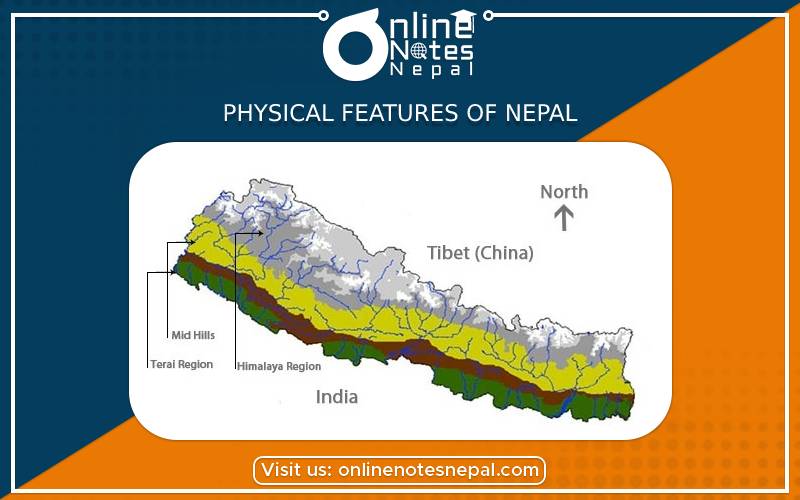Published by: Nuru
Published date: 20 Jan 2022

Nepal is divided into three physical regions. They are:
The Mountain Region (called Parbat in Nepali) is situated at 4,000 meters or more above sea level to the north of the Hill Region. The Region constitutes the central portion of the Himalayan range originating in the Pamirs, a high-altitude region of Central Asia.
Its natural landscape includes Mount Everest and the other seven of the world’s ten highest peaks, which are the legendary habitat of the mythical creature, the yeti, or abominable snowman. In general, the snow line occurs between 5,000 and 5,500 meters.
The physical features of the nation of Nepal include mountains, wetlands, hills, caves, and plains. The country experiences a wide range of climates, including extreme cold and tropical rain. Nepal features more than 6,000 rivers, many of which are fed from the Himalayan snows or the lowland rains. There are also dozens of caves, some serving as religious pilgrimage sites.
Accounting for 64% of the total land of Nepal, the Hill region stands to be the region covering the most land area of the country and inhabits about 43% of the total population of the country. Between the elevation ranges of 610 meters to 4877 meters, the Hill region has some of the most amazing natural landscapes and well the most diverse culture in Nepal.
With a great deal of offering the inhabitants as well as visitors, this area has certainly attracted a lot of attention among the varied geography of Nepal. The Hill region is home to many valleys including the Kathmandu valley, and the Pokhara valley is the most popular in the region along with being some of the most populated areas in the geographic area.
The Hill region has an even more extensive diversity with mountains, hills, deep valleys, and flatlands all in a small geographic area. It has a number of beautiful hills, hillocks, valleys, terrace land, small valleys, besi, tars, gorges, and meadows. There are many rivers flowing from the northern part to the southern part of the Terai region.
The Terai region has a width ranging from 26km to 32 km and varies in altitude from 60m to 305 m. It occupies about 17 percent of the total land area of the country. Further north, the Siwalik zone (700 – 1,500 m) and the Mahabharat range (1,500m – 2,700m) give way to the Duns (valleys), such as Trijuga, Sindhuli, Chitwan, Dang, and Surkhet. The Midlands (600 – 3,500 m), north of the Mahabharat range is where the two beautiful valleys of Kathmandu and Pokhara lie.